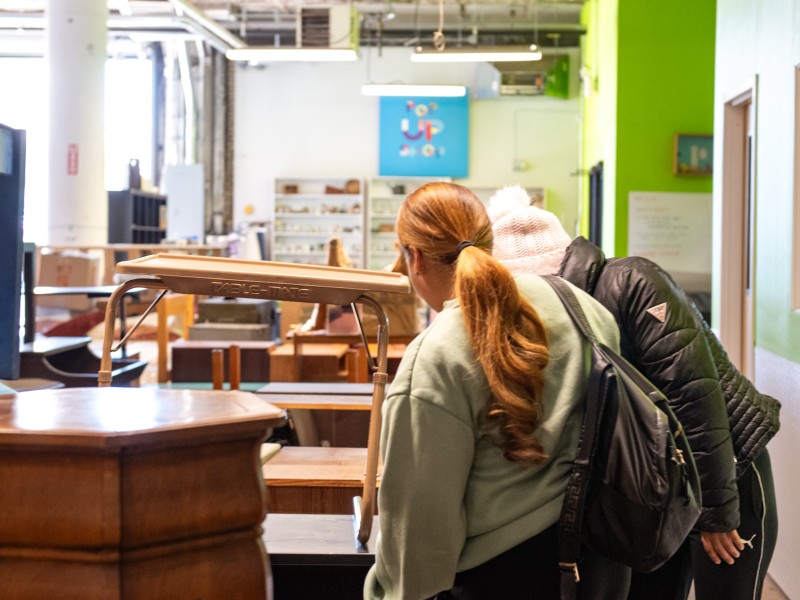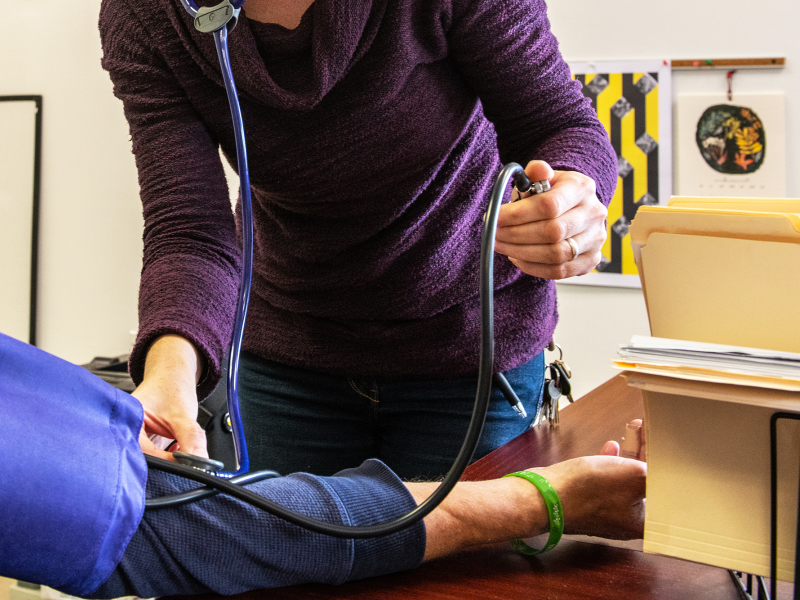Technology First

One potential positive outcome of the Covid-19 pandemic is the emergence of technology as a service conduit for the healthcare system. The best example is the expanded utilization of telehealth and tele-psychiatry. An article published in August 2020 in the Family Medicine and Community Health journal reviewed relevant literature and found “telemedicine has been rapidly evolving over the past several decades. Issues with regulation and reimbursement have prevented its full immersion into the healthcare system.”
The pandemic fast-tracked the resolution of many of the regulatory and reimbursement issues and we have seen the successful use of this technology over the last few years. An example of this can be found in expanded access to Medicare-reimbursed telemedicine, with pay rates on par with in-person medical visits. Meanwhile, states were able to choose whether telemedicine services could be covered through Medicaid without submitting amendments to the Centers for Medicaid & Medicare Services, a flexibility that had not previously existed. Advancements and innovations in telemedicine have included triaging patients prior to visiting emergency departments, chatbots to guide patients to appropriate levels of care, and telemedicine visits that could include interaction through SMS texts, email, mobile-phone apps, and wearable devices. As the journal article authors noted, “the benefits of telemedicine include convenience, increased access to care from a distance, especially for patients living in rural areas, and decreased healthcare costs. Studies have shown that telemedicine appointments can be equal to in-patient visits in a variety of specialties.”
Integrating technology into service and support plans is already happening all over the country within Intellectual and Developmental Disability (IDD) services and many states have adopted “Technology First” philosophy and legislation. Technology First can be described as an approach to including technology in service planning, through assistive technology to facilitate increased independence, and remote monitoring, to facilitate provider support at distance. In 2018, following a white paper produced by the Nisonger Center at The Ohio State University, Ohio became the first state to adopt these measures through Governor John Kasich’s Technology First Executive Order. The paper outlined a number of technologies, including remote support, in their review of services for people with intellectual and developmental disabilities.
Since Ohio’s groundbreaking effort, many states, including Pennsylvania, have adopted Technology First legislation for the IDD population. One of the fastest growing industries in the country is in-home remote monitoring; new companies are formed in this space each year, including NOSS, SimplyHome, and SafeinHome. In the IDD system, these companies remotely monitor motion detectors, door and window monitors, and smoke, fire, and flood detectors and can alert staff on-call at various agencies. These companies are eager to work with the behavioral health and aging populations.
At Pathways to Housing PA, we know there are other technologies that we can use to better serve our participants and deal with the long term staffing crisis that is impacting many organizations. We believe we can transform our existing employees into tech-enhanced staff, allowing one staff person to monitor, visit, and serve more people in one day through technology while promoting a high level of independence for individuals with mental health and substance use diagnoses.
Using foundation grant funding, we have developed in-house pilot projects focused on two technologies with innovative uses: GrandPads and medication dispensers. During the pandemic Pathways received a one-time grant of $100,000 to provide GrandPads, a telehealth-capable tablet, to one hundred participants who were the most medically needy among our (at that time) five hundred participants. GrandPads are a closed system that use 4G cellular connections with no need for WiFi and no resale value. The GrandPads were extremely helpful during lockdowns to interact with our isolated participants. Today, we self-fund forty participants who use the GrandPads most frequently at an unreimbursed cost to the agency. We have submitted RFPs to multiple foundations to expand the utilization of GrandPads across the agency, and are grateful to have received funding for 15 GrandPads this year.
The pandemic and subsequent staffing crisis have also had huge impacts on the ability to recruit and hire nurses, a critical role on our Assertive Community Treatment (ACT) teams. Over the last eight months, we have employed three registered nurses, with four additional positions that remained unfilled for over a year with very few resumes received from prospective staff. As a result, we’ve received some funding to pilot the use of medication dispensers in participant apartments. While we don’t yet have any data, we are hoping the electronic medication dispensers will cut down on travel time for our existing nurses and allow them to monitor and attend to medication adherence issues remotely, as has been demonstrated in other across the country.
These pilot projects have opened the door to a range of innovations and we hope to explore additional interventions in the future. For remote monitoring, we would like to explore oven, stove, microwave, thermostat, fire, and flood sensors. Presence detection using products similar to wireless video doorbells could reduce staff travel to apartments when participants are not home, or provide useful information about the number of people in the home prior to arriving for a home visit. Lastly, technology such as the Canary App could be a key overdose prevention measure for our participants who use opioids.
Despite the exciting interventions we are currently exploring, the current fee for service billing structure, which does not reimburse experimental and forward-looking interventions, is a barrier to innovative services for our participants. We believe that a Per Member Per Month rate would give us the opportunity to pilot, experiment, and study the ways that technology can help us be more efficient and effective. In the end, we believe technology can increase our ability to end homelessness in Philadelphia.


